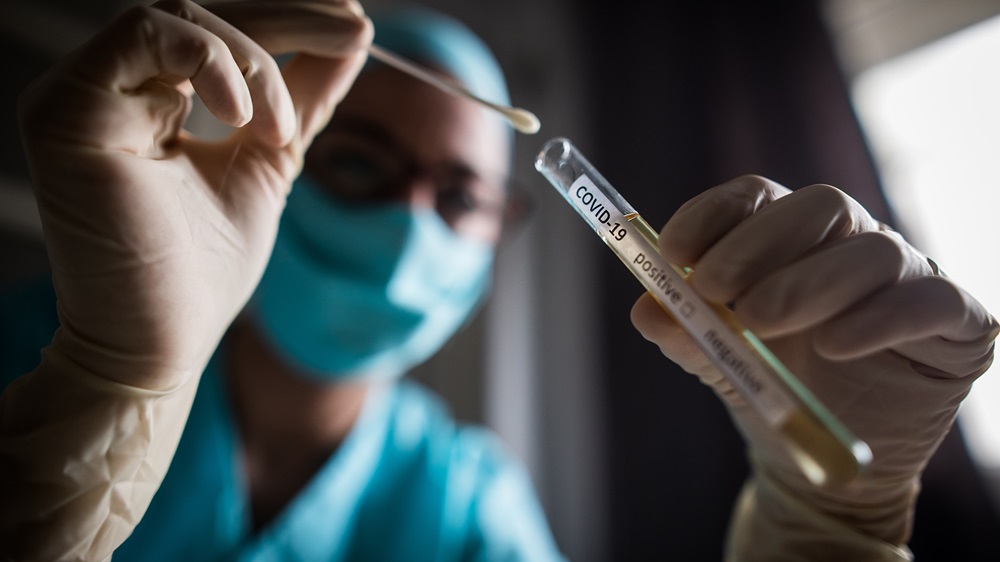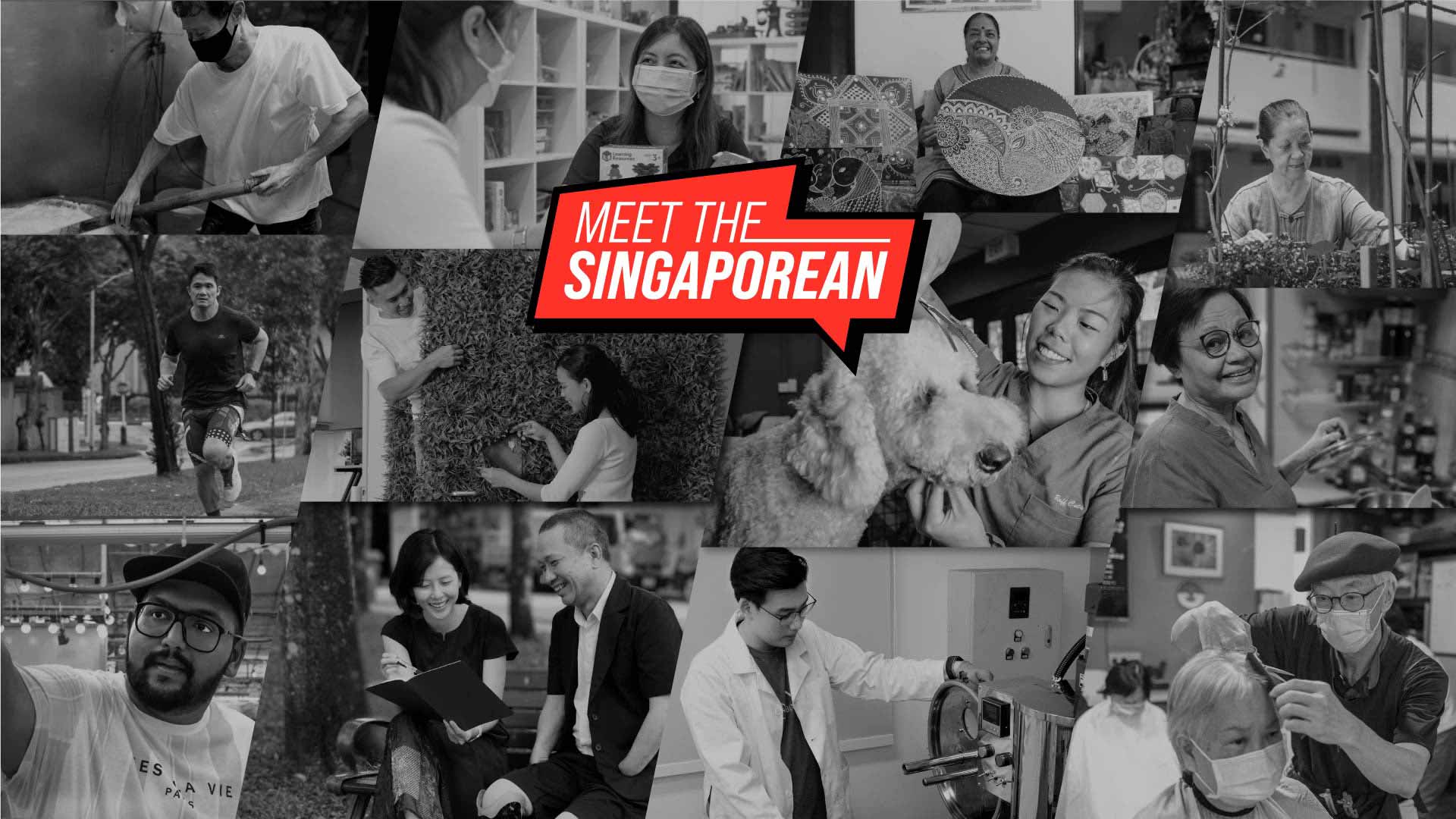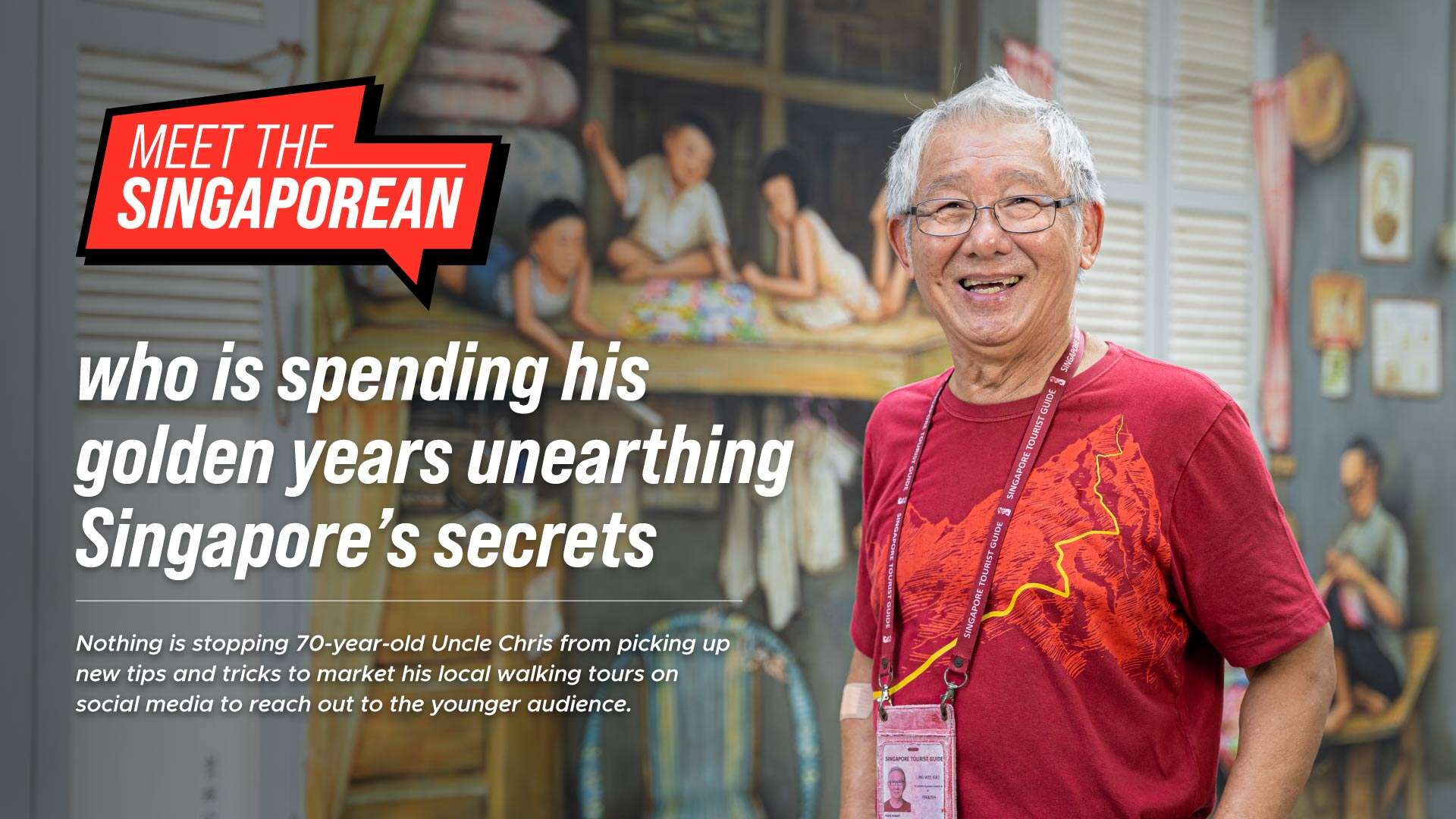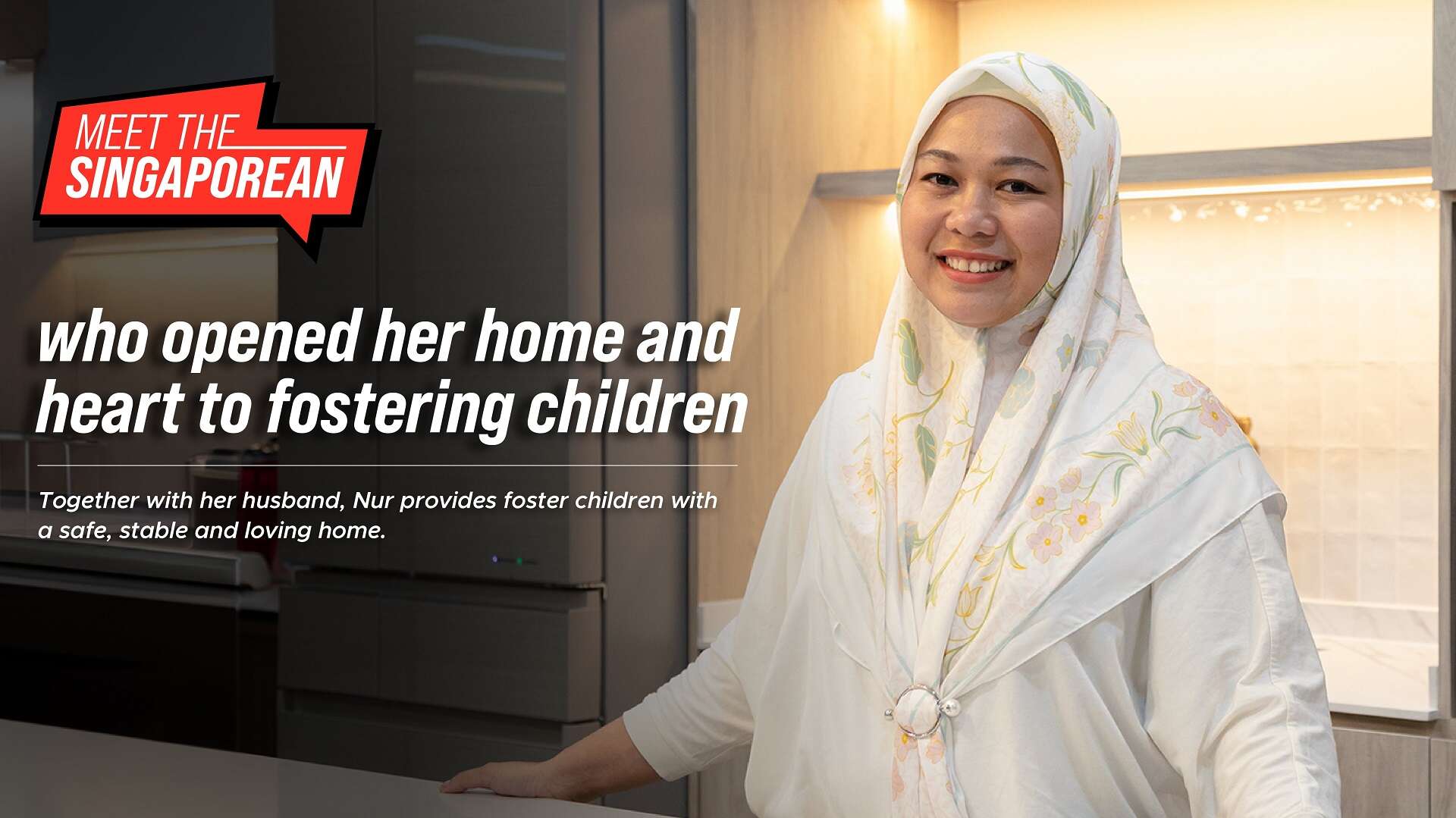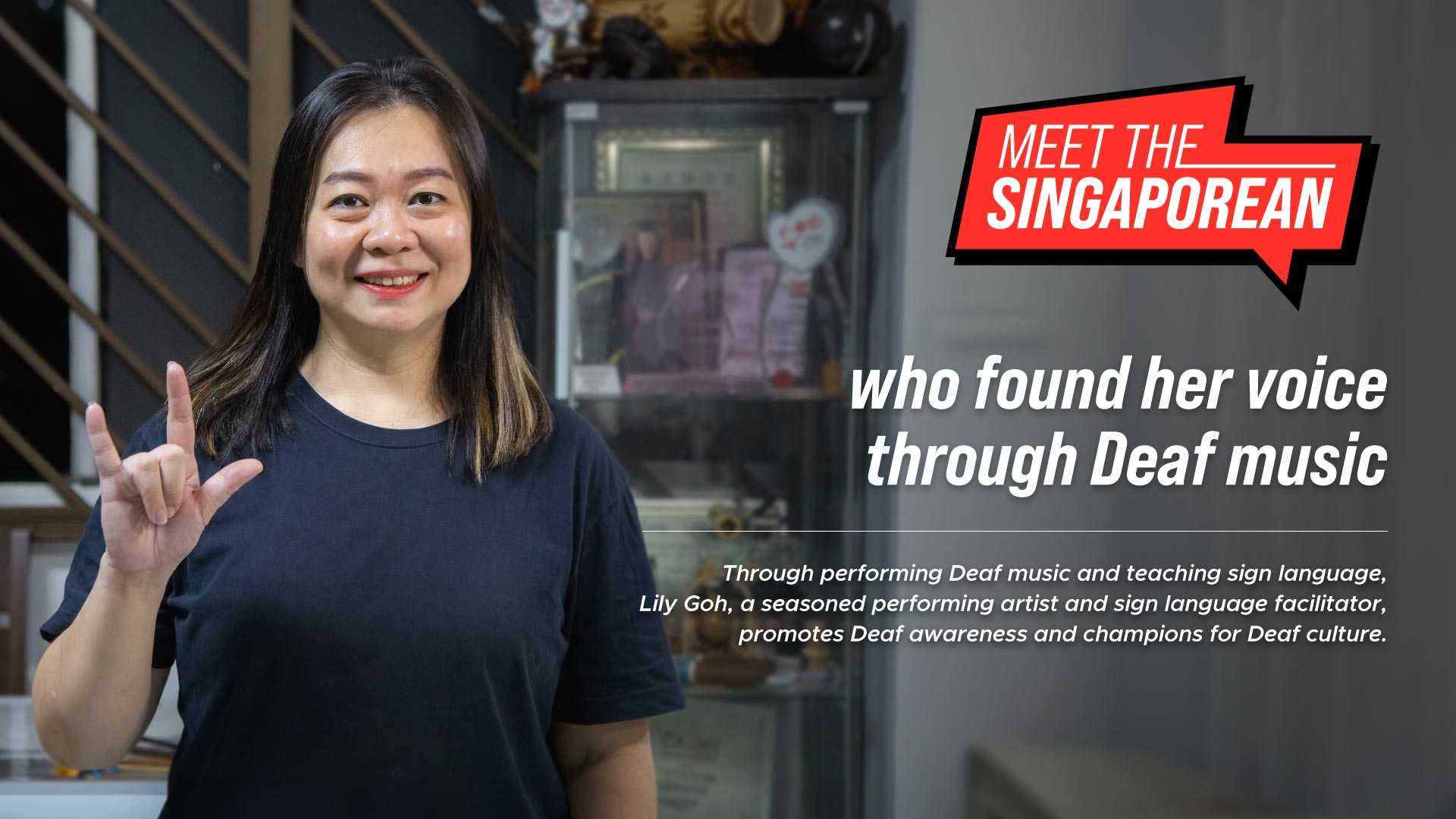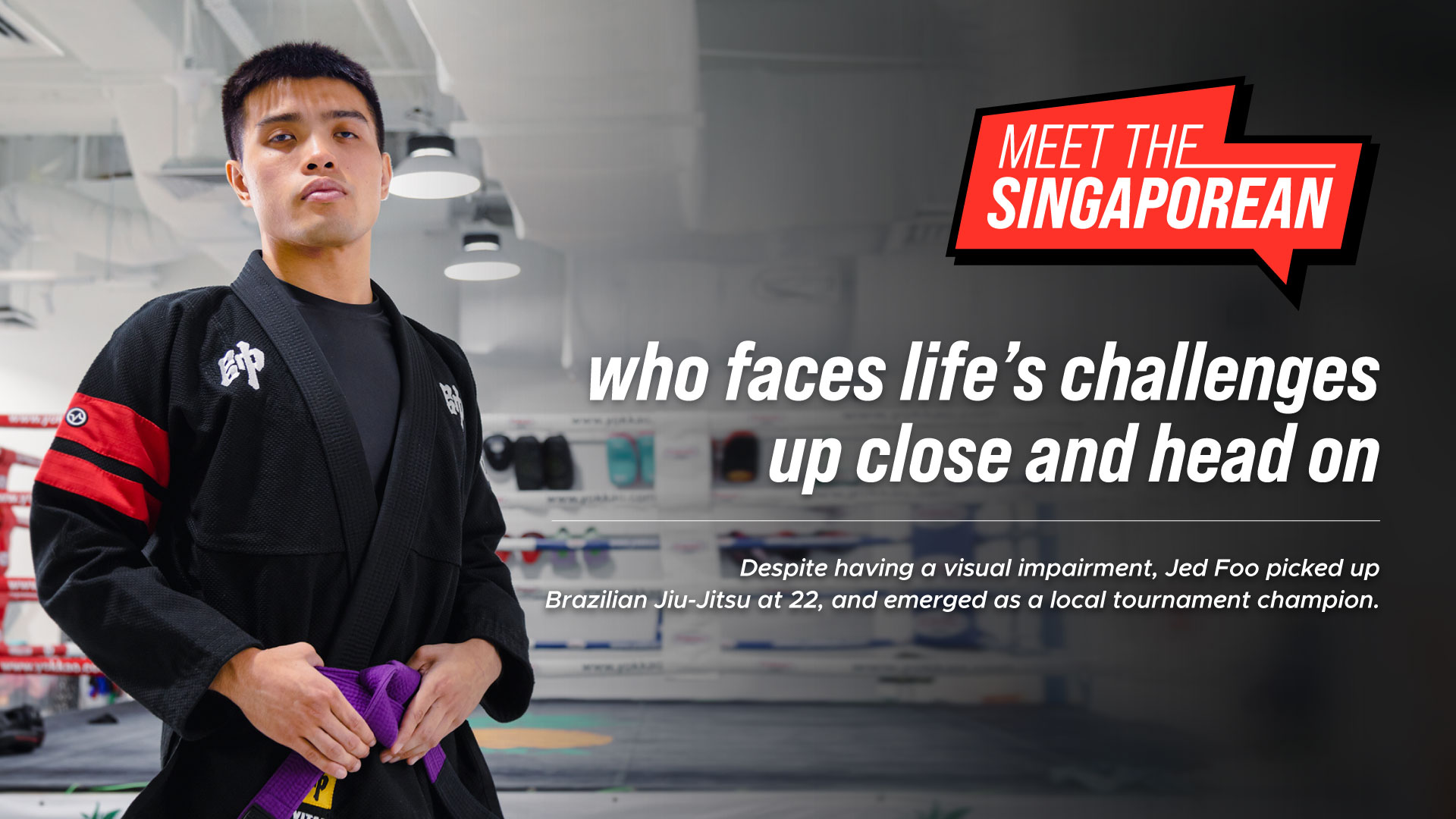
Meet the Singaporean - Brillyn Toh
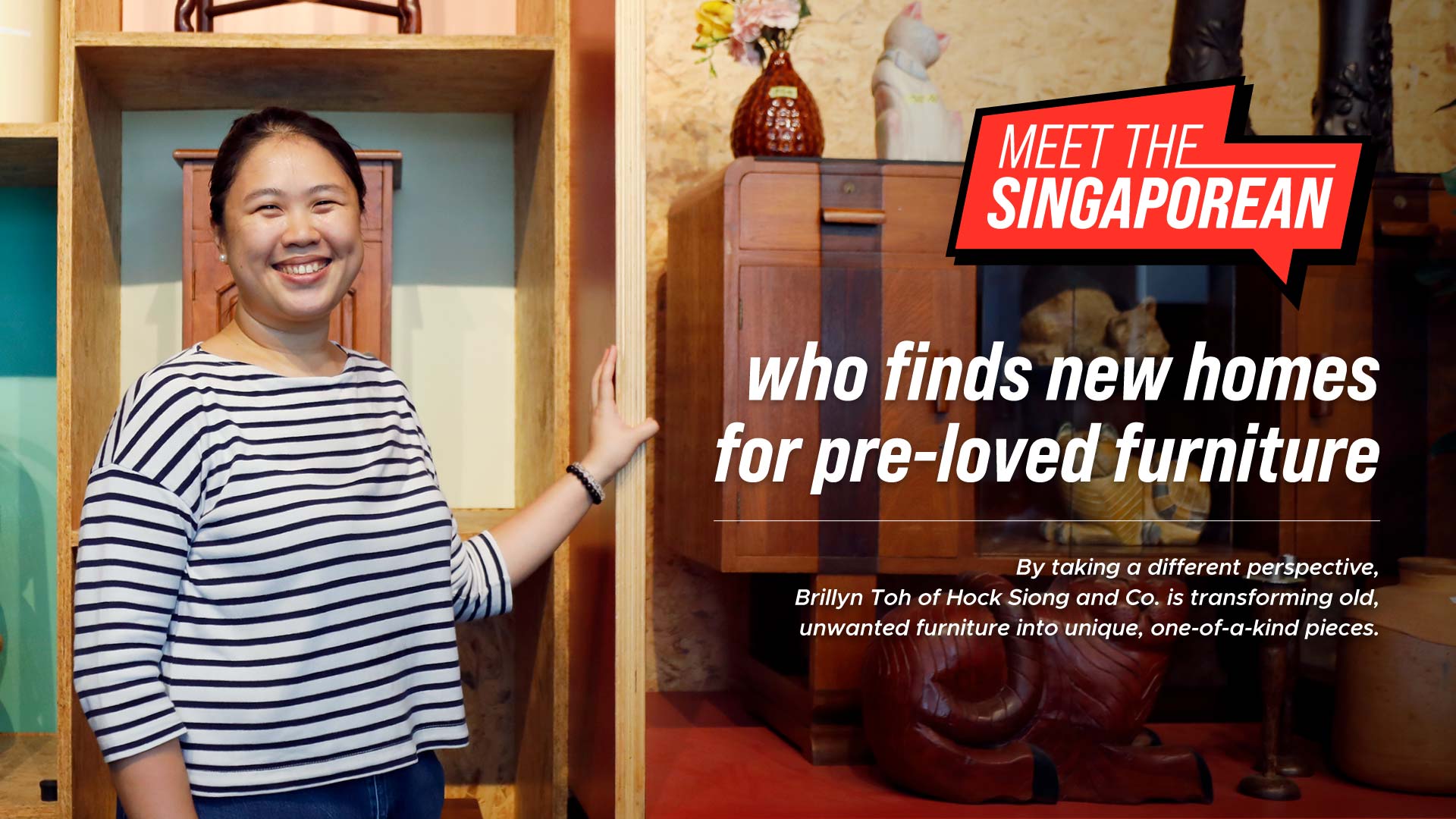
Growing up, Brillyn saw how their second-hand furniture store, Hock Siong and Co. was built from scratch by her father, Mr Toh Chin Siong. Mr Toh had started out collecting used newspapers as a karung guni (rag-and-bone man), but opportunity came knocking when a hotel undergoing renovation wanted to sell off their used furniture. It was the stepping stone for him to branch into reselling second-hand furniture.
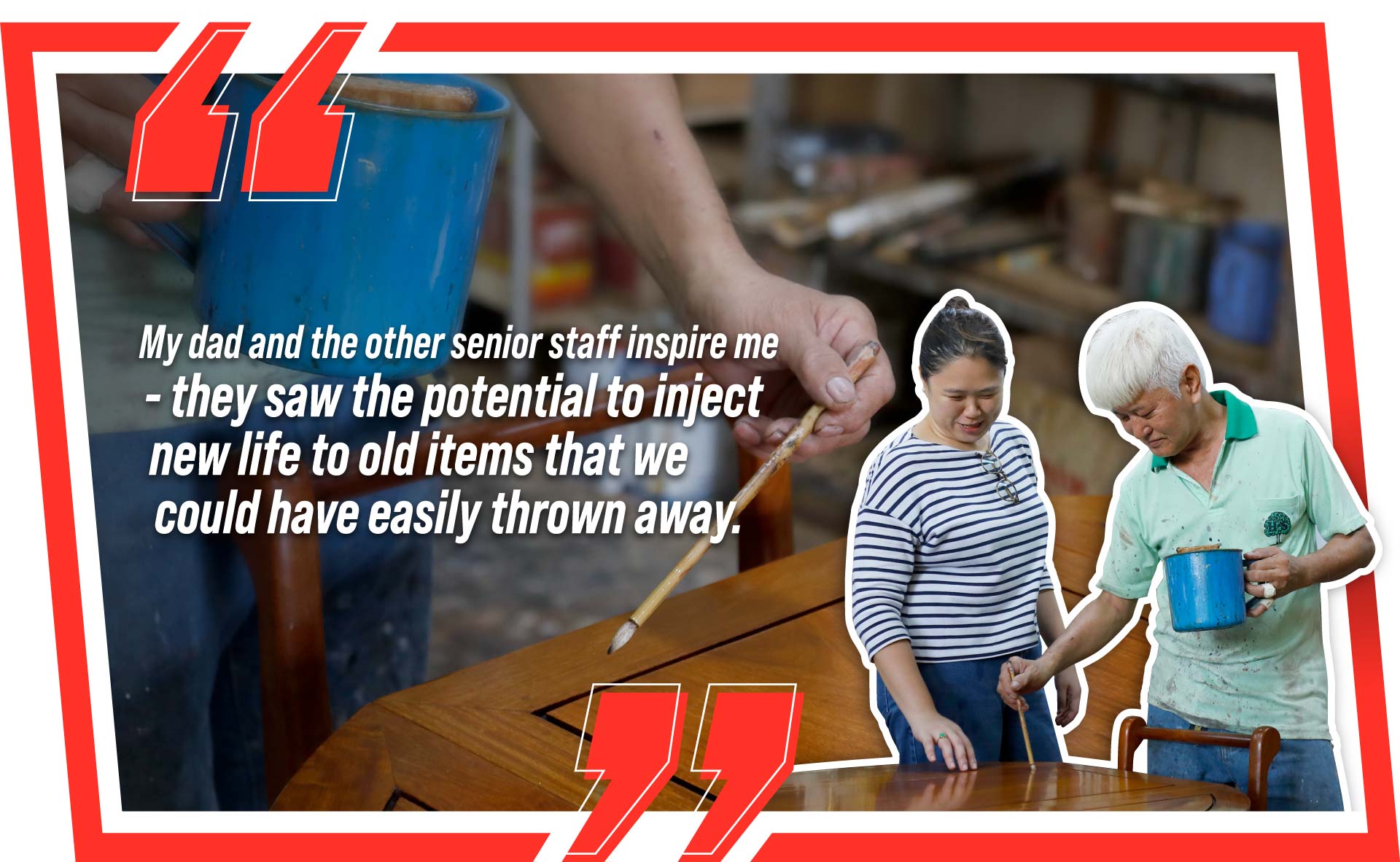
(Photo by Type A)
Unwanted, but still useful
As a young girl, Brillyn would help her father collect used goods. This was a memory that greatly influenced her decision to help out with the family business. “My dad and the other senior staff inspire me — they saw the potential to inject new life to old items that we could have easily thrown away,” she recalls.
Now a managing partner of Hock Siong, the 35-year old continues to source for furniture from all across Singapore. Brillyn regularly carries out site visits at places like hotels and even dilapidated bungalows to collect unwanted furniture.
“Some of the furniture we collect may appear worn out, but we will assess the sturdiness of their structure to decide if they can be refurbished,” she explains. “Through our business, we hope to promote conscious consumerism, to counter today’s buy-and-throw culture.”
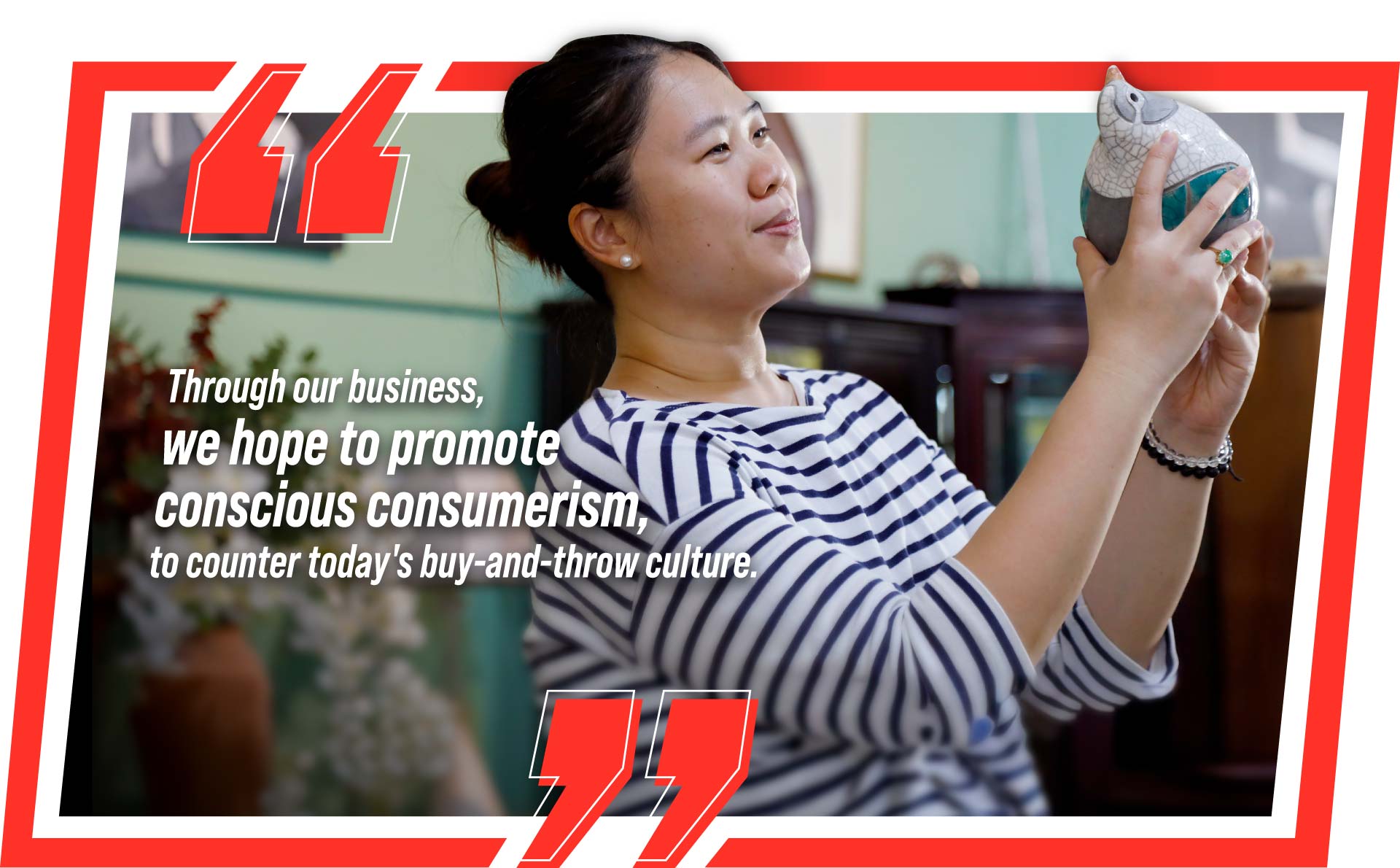
(Photo by Type A)
Giving new life to old furniture
During our visit to Hock Siong, Brillyn points out an intricately-designed Peranakan storage cabinet that was previously a wardrobe, which was then repurposed by removing the mirror and replacing it with glass. The reason for doing so is a practical one: with people preferring bigger wardrobes these days, turning it into a storage cabinet would make it more marketable and ideally, sellable.
In another instance, the team converted an old dressing table into a telephone bench by removing the mirror, adding a seat, and reinforcing its overall structure. Such benches are popular as they are multi-functional and do not take up much space.
Living out a zero-waste mindset
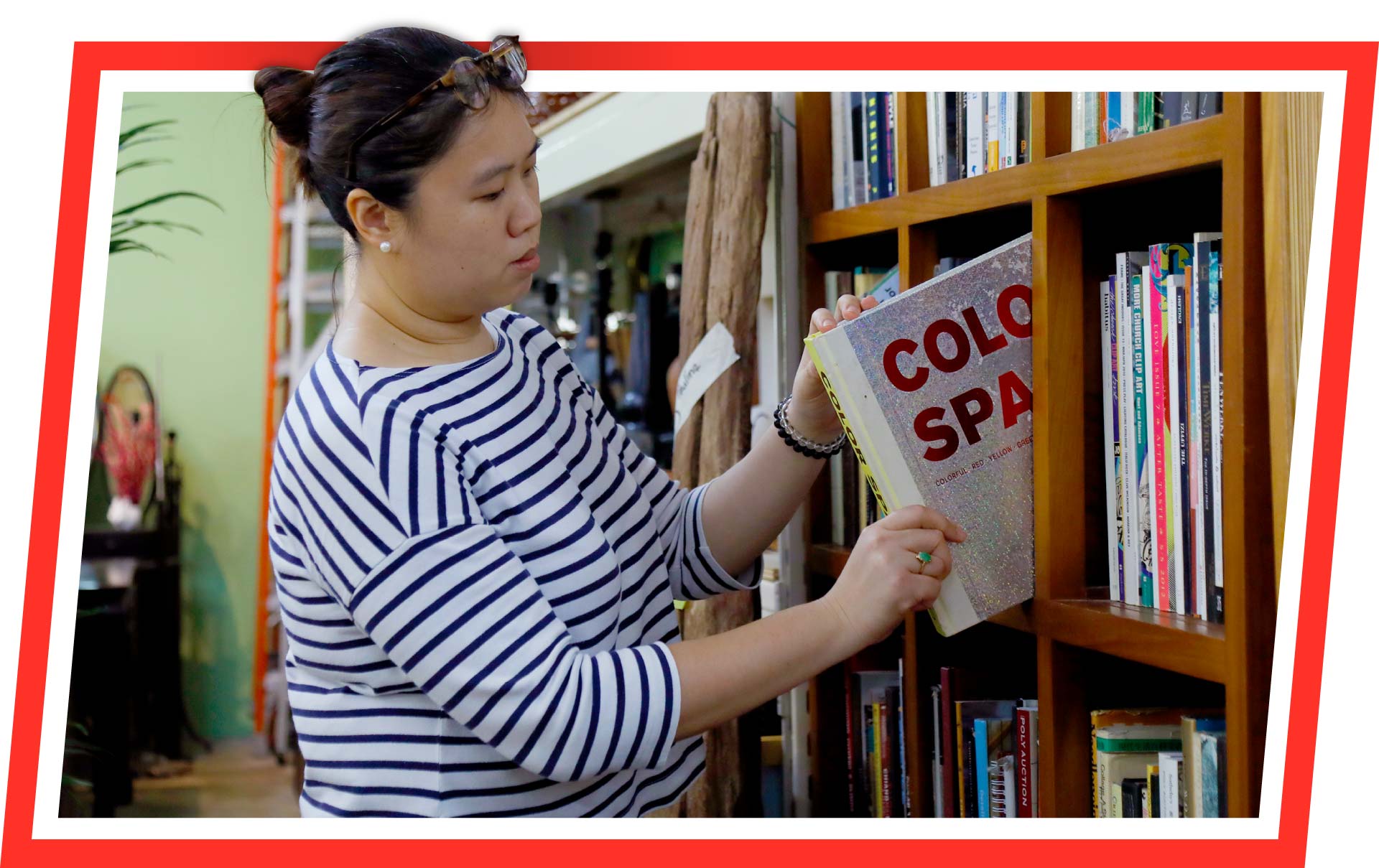
(Photo by Type A)
“I think upcycling and recycling is about cherishing an item,” she muses. “If you really cherish an item, you will find a new use for it, or give it to someone who may appreciate it more, instead of just throwing it away.”
A changing clientele
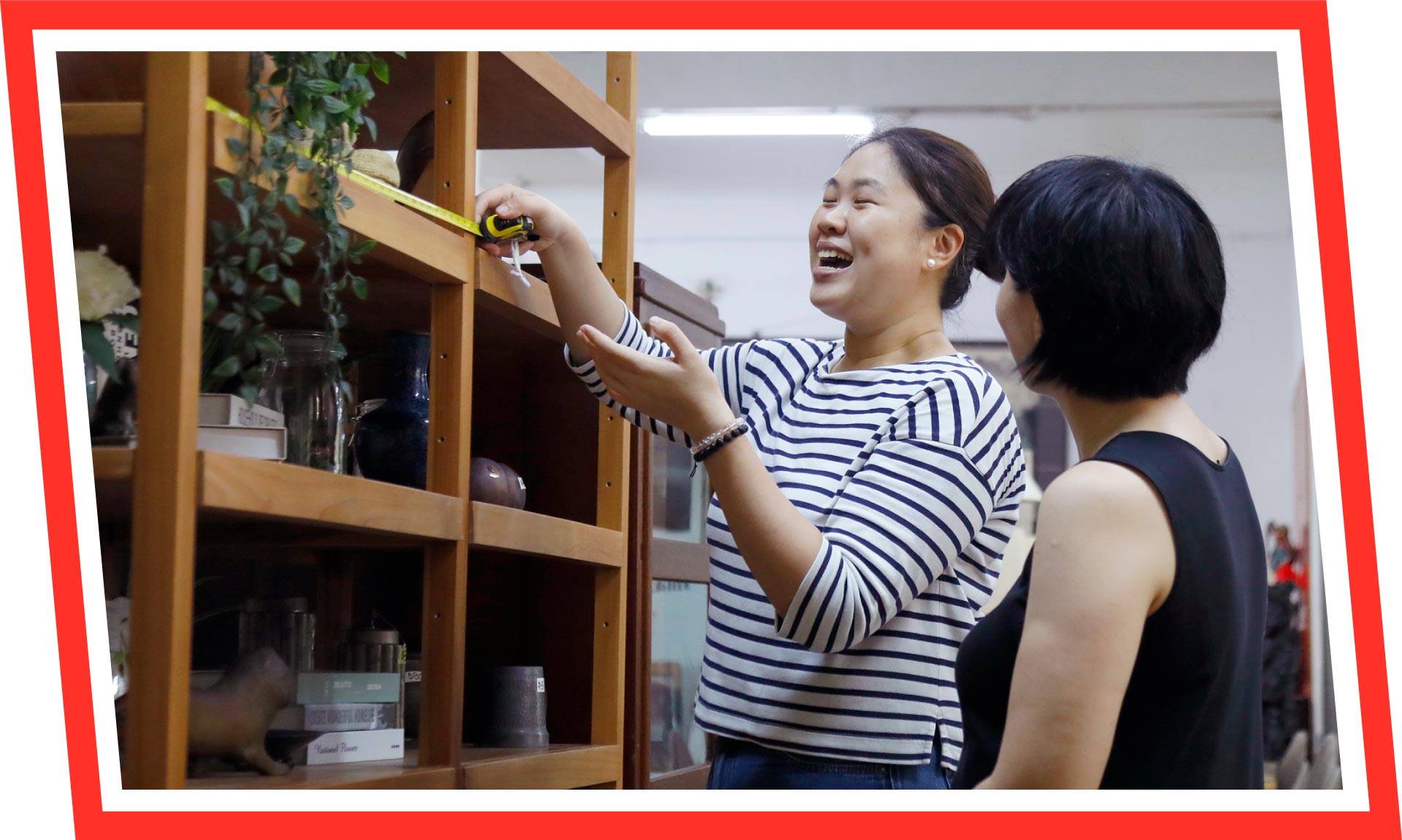
(Photo by Type A)
The idea of what is typically considered “beautiful” is also shifting, Brillyn points out. She gave an example of a restored teak cabinet that still had some visible burnt marks on it, and could not be removed. “But we have customers who can accept these kinds of blemishes,” she says. “To them, the piece they buy doesn’t have to be perfect; in fact, they would even find it unique. And it’s thanks to them that our furniture can find a new home.”
We use cookies to tailor your browsing experience. By continuing to use Gov.sg, you accept our use of cookies. To decline cookies at any time, you may adjust your browser settings. Find out more about your cookie preferences here .









![[Updated] Limitations on In-Person Visits to Hospitals and Residential Care Homes](/images/default-source/media/gov/201121_in-person_visits.jpeg?Status=Master&sfvrsn=a948042_0;mw=1000&hash=AEBFFAB60CB60B4BFD8B18367921A5EE)
